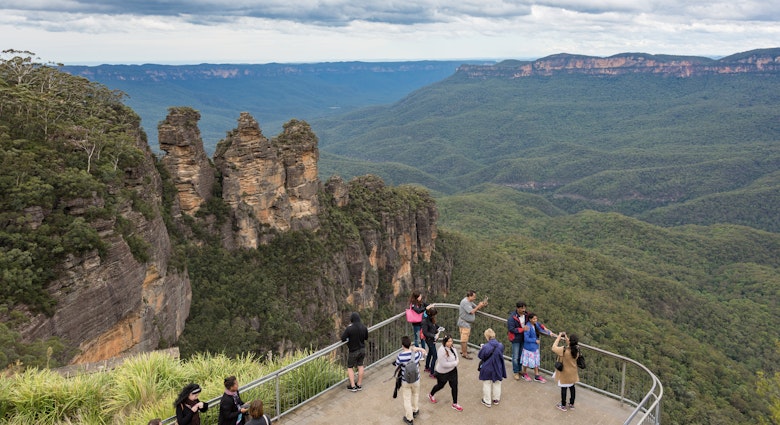

Aerial of White Island (Whakaari) in New Zealand, which is known for its high volcanic activity © Oleksandr Umanskyi / Shutterstock
Sixteen people have died after the active volcano on New Zealand's White Island (Whakaari) erupted on 9 December.

The eruption took place on the island, 49kms off the east coast of New Zealand’s North Island, on 9 December. New Zealand police say 47 people were on the island at the time of eruption. There have been 16 fatalities, while other victimrs remain in hospital with significant injuries, according to police. The Red Cross is working the New Zealand Police to support families looking for loved ones who were visiting the area. Their Family Links website allows people in New Zealand or overseas to self-register themselves as safe and well, and/or register the details for the person they have lost contact with.
According to police: "We are working to confirm the identities of those involved, including those who have died and who are injured...The nature of the injuries that people have suffered is severe and means identifying them is a complex matter. We are working through the process to identify them as quickly as possible, to return those who have died to their loved ones".
One traveller, Michael Schade (@sch), tweeted about the terrifying experience seeing the volcano erupt minutes after his tour group left. His tour boat returned to pick up stranded travellers as they headed for safety, according to the tweets.
A NZ Air Force Orion aircraft and two helicopters flew over White Island to carry out surveillance and assist in the emergency response following the eruption. The Navy also left from nearby Whakatāne to help with the rescue efforts.
A handful of licensed operators take tourists to White Island (Whakaari), via boat or helicopter, subject to the weather and volcanic activity. Tourists and volcanologists go to view the steaming shore of the crater lake and see sulphur formations, steaming vents and the bright yellow plumes up close. On tours, hard hats must be worn at all times, and gas masks to reduce irritation from the gases. Visitors liken walking on the ashy landscape to walking on the moon. The privately-owned island is also home to a thriving gannet colony and the northern side is covered in a pōhutukawa forest. The waters around the island abound with marine life, including whales and dolphins.
A previous attempt at mining on the island also ended in tragedy; in 1914 all 10 men stationed here disappeared without a trace following a lahar (volcanic mudflow).
This story was originally published on 9 December and updated on 16 December.
Explore related stories

Beaches
These 5 day trips from Sydney will show you the splendors of New South WalesNov 22, 2024 • 7 min read

 Wildlife & NatureDay trips from New Orleans: 9 can't-miss jaunts from The Big Easy
Wildlife & NatureDay trips from New Orleans: 9 can't-miss jaunts from The Big EasyNov 21, 2024 • 6 min read
 Wildlife & NatureHidden treasures: Where locals love to travel in Argentina
Wildlife & NatureHidden treasures: Where locals love to travel in ArgentinaNov 21, 2024 • 5 min read







